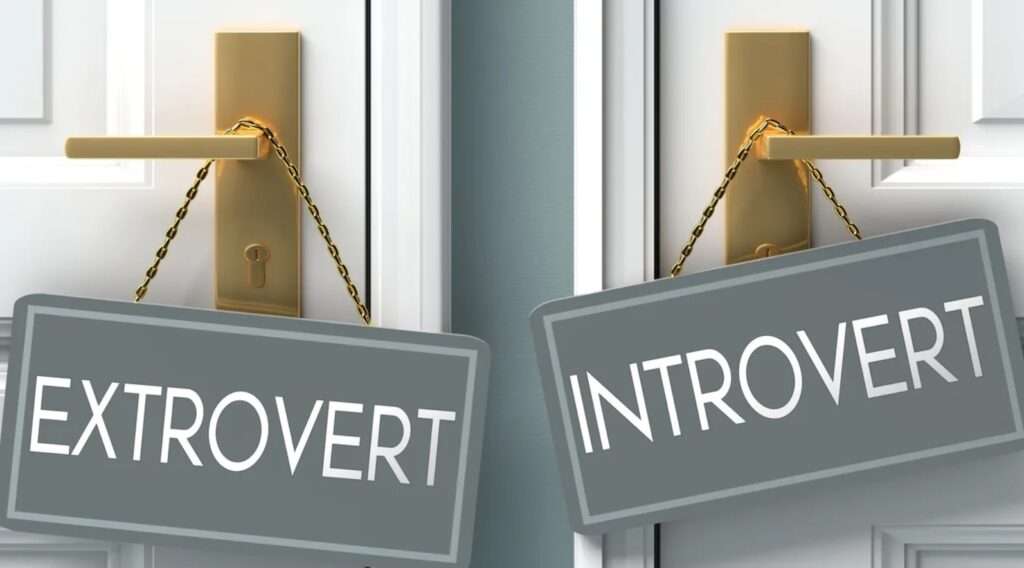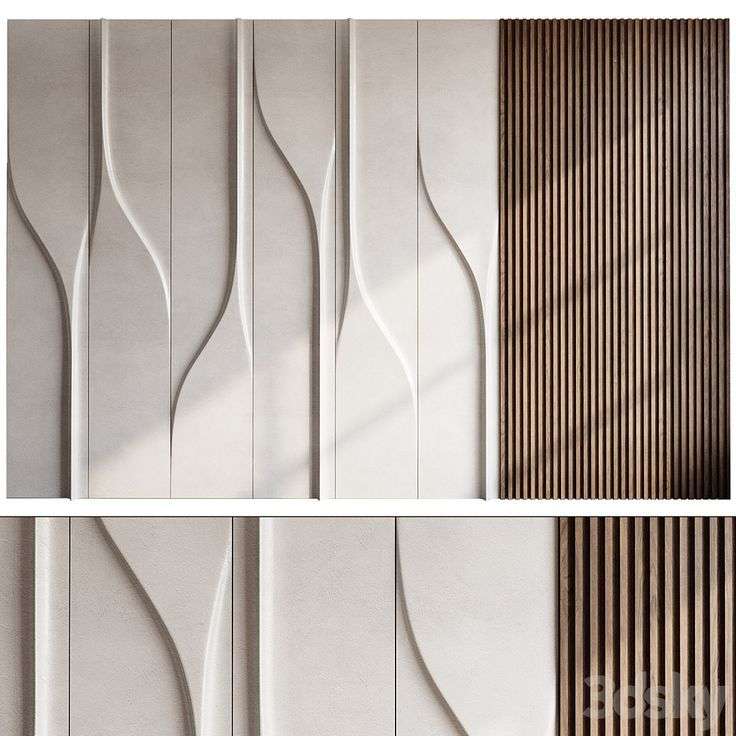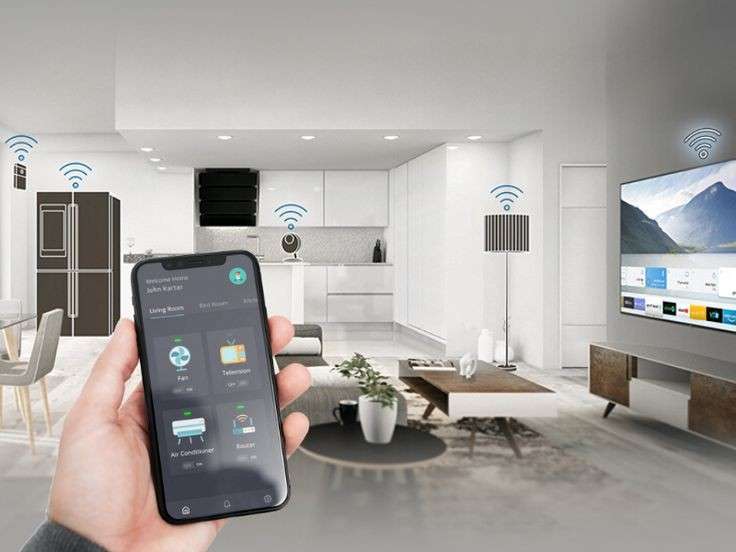Interior design isn’t just about aesthetics — it’s about creating spaces that feel right for the people who use them. One often-overlooked factor in home and workspace design is personality. Understanding the differences between introverts and extroverts can help you create environments that energize, comfort, and support well-being.
In this guide, we explore how to design spaces tailored to the unique needs of introverts and extroverts — and how to balance both personalities in shared environments.

Understanding the Differences
Before diving into the design details, it’s essential to understand the core personality traits:
- Introverts recharge alone, value quiet, and often feel overstimulated in noisy, crowded environments.
- Extroverts thrive on social interaction, enjoy stimulation, and often feel energized by dynamic, people-filled spaces.
Design Principles for Introverts
Introverts crave calm, privacy, and personal space. The goal in designing for introverts is to create a sanctuary where they can relax, reflect, and recharge.
1. Private Corners & Retreat Zones
Design quiet nooks or reading corners with comfortable seating, soft lighting, and minimal distractions.
2. Noise Control
Use soundproofing techniques like thick curtains, rugs, and acoustic panels. Noise-canceling design elements help reduce overstimulation.
3. Minimalist Aesthetic
Clutter-free spaces help create mental clarity. Choose calm color palettes like soft neutrals, greens, or muted blues.
4. Natural Light & Cozy Textures
Soft lighting, diffused natural light, and cozy textures like linen or velvet promote relaxation and comfort.
5. Personalized Touches
Incorporate personal items, favorite books, or sentimental decor that brings comfort and identity to the space.
Design Principles for Extroverts
Extroverts love interaction, movement, and stimulation. The goal is to design spaces that are energetic, open, and social.
1. Open Floor Plans
Design layouts that allow for fluid movement and social gatherings, such as open kitchen-living spaces or communal workstations.
2. Vibrant Colors & Patterns
Bold accent walls, energetic patterns, or colorful furniture can stimulate creativity and sociability.
3. Social Zones
Create conversation areas, bar counters, or lounge spaces that encourage interaction and group activities.
4. Dynamic Lighting
Adjustable lighting systems and statement fixtures add personality and vibrancy to extroverted spaces.
5. Flexible Furniture
Modular seating, stackable chairs, or rolling desks support spontaneous gatherings and collaboration.
Balancing Both in Shared Spaces
Many households or offices include a mix of introverts and extroverts. Designing with both in mind means offering variety and choice.
Tips for Mixed Spaces:
- Zoning: Divide larger spaces into distinct zones — one for focus and solitude, another for activity and connection.
- Flexible Layouts: Use movable furniture or sliding panels to adjust the space depending on the mood or event.
- Layered Lighting: Combine ambient, task, and accent lighting so users can personalize their experience.
- Neutral Base with Bold Accents: Use a calming base palette with pops of color to appeal to both preferences.
- Acoustic Design: Provide quiet pods or phone booths in open-plan areas to support introverted needs.



